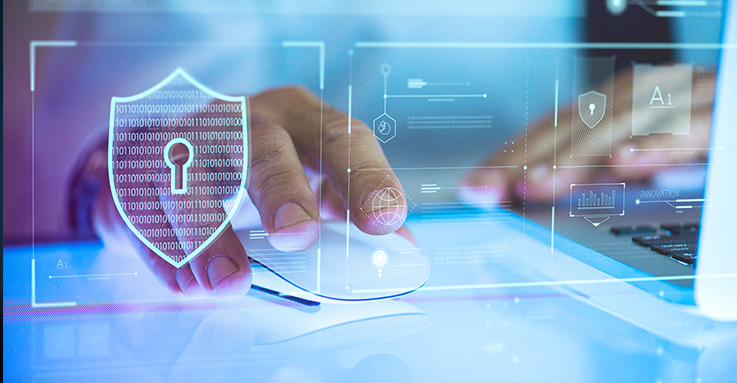Ken
122662 Views
0
June 03, 2019


In the past, remote access was only enjoyed by a few privileged people. But with the advancements in technology and the increased growth of telework and mobile functions, remote access is now becoming more common across industries.
However, the high demand for such technology has paved the way for hackers to come up with new ways to exploit its vulnerabilities and cause major security havoc to private networks and systems. That’s why businesses that are looking to invest in one needs to understand how crucial it is to secure remote access.
In this guide, we’ll provide you with a list of tips for you to secure remote access.
What is Remote Access?
Remote access, or sometimes referred to as remote desktop, is a type of technology that provides users with the ability to connect to remote endpoints via a remote connection. Once connected, the users can now access and control any remote computers from an off-site location. They can perform several computing tasks a person sitting in front of the remote endpoints can.
With remote access, the need for the physical presence of the user to get a task accomplished is eliminated. This means the user can perform several tasks such as app management and software installation on the remote computer without his physical intervention.
Modern businesses use remote access to enhance their overall productivity and efficiency. With remote access, employees who may be bombarded with requests outside of working hours can still have access to their important office resources in order to address such unforeseen demands. Employees who also can’t be at their office physically can use remote access to complete their daily work functions outside of a central work location.
IT professionals use remote access to provide off-site support to clients across the globe. With this, the long travel times and travel-related expenses are eliminated. Managed service providers (MSPs) also use remote access to manage and assess a bunch of remote endpoints connected to a specific private network.
Ways to Secure Remote Access
As stated a while back, businesses that are looking to use remote access need to know how to secure it against unwanted threats and attacks. Failure to implement remote access safely can cause you a massive security incident. Here are a few security tips on you how to secure remote access effectively.
Conclusion
Whether we like it or not, remote access has now become a target ground for modern hacking and online theft. That’s why securing this technology is crucial for your company’s security and protection. With secure remote access, you can maintain a safe environment where a massive security incident is less likely to happen.
Tags: